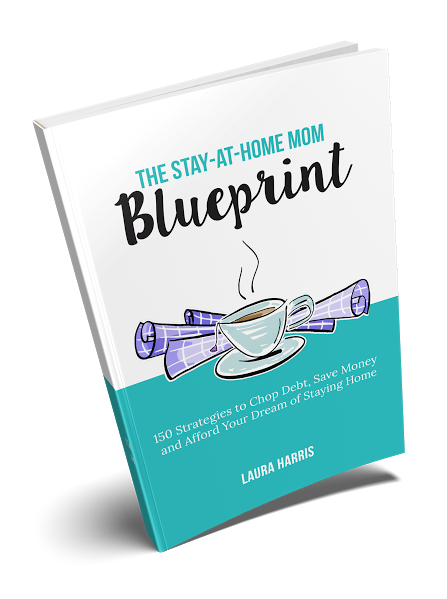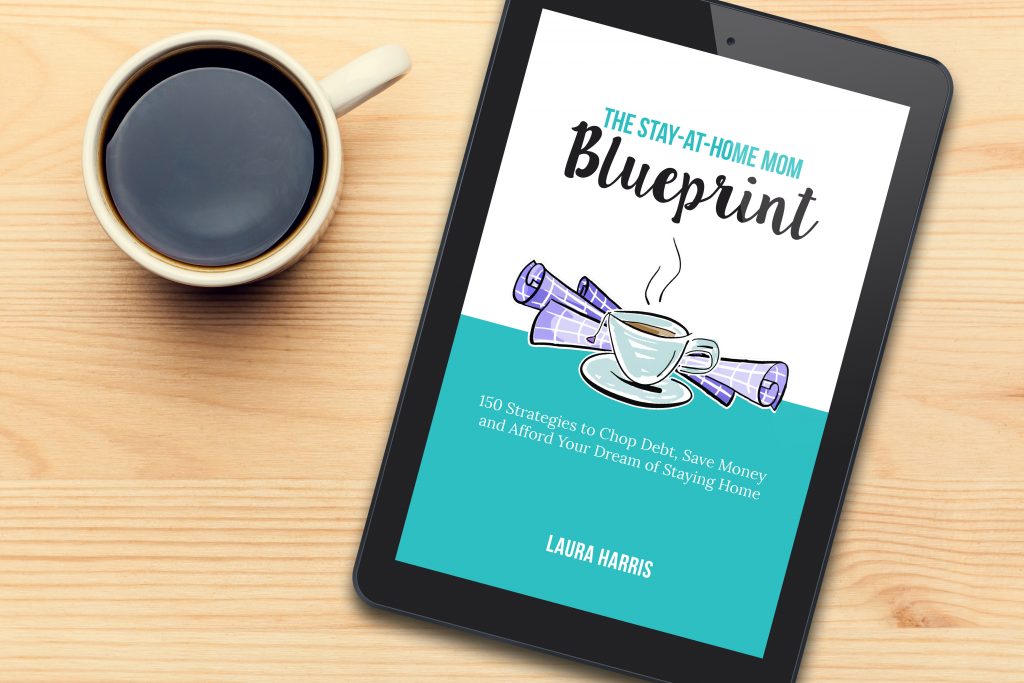
Few things are more enchanting than watching a child fall in love with a story. Books can transport young readers to places where animals talk, spells solve problems, and bravery lives in the hearts of the smallest heroes. Reading isn’t just about words on a page—it’s about unlocking wonder, building empathy, and fueling lifelong curiosity. Whether you’re raising a reluctant reader or a budding bookworm, these magical books every child should read belong on every shelf. From timeless classics to modern favorites, each one offers something unforgettable.
1. Charlotte’s Web by E.B. White
This heartwarming tale of friendship between a pig named Wilbur and a spider named Charlotte has captivated readers for generations. It’s filled with powerful themes of loyalty, kindness, and the beauty of unexpected friendships. The magic isn’t in spells but in words—something Charlotte uses masterfully. This story helps children understand both the joy and sadness that life brings. It’s one of the magical books every child should read for its gentle honesty and emotional depth.
2. Matilda by Roald Dahl
Matilda’s love for books, her telekinetic powers, and her triumph over cruel adults make this story both empowering and fun. Roald Dahl’s quirky humor and rich imagination bring every page to life. Children love cheering for Matilda as she proves that small can still be mighty. This story also encourages kids to see learning and kindness as superpowers. Few magical books every child should read strike the balance between mischief and meaning like this one.
3. The Tale of Despereaux by Kate DiCamillo
Meet Despereaux, a mouse with oversized ears and an even bigger heart. This beautifully written book combines fairy tale elements with deep themes of bravery and forgiveness. It’s a story that respects a child’s intelligence while also stirring their sense of wonder. Kids will fall in love with the rich language and unforgettable characters. It’s one of the most magical books every child should read for both its adventure and tenderness.
4. Where the Wild Things Are by Maurice Sendak
With just a few hundred words, this picture book captures the imagination like few others. Max’s journey into a wild world of monsters is both thrilling and deeply emotional. It’s a celebration of imagination and a reflection on the importance of home. The illustrations pull readers into a dreamscape that feels real. This book is short but absolutely earns its place among the magical books every child should read.
5. Harry Potter and the Sorcerer’s Stone by J.K. Rowling
This is the book that launched a global phenomenon, and for good reason. From Platform 9¾ to Hogwarts Castle, every page is packed with imagination and heart. Harry’s journey introduces young readers to themes of friendship, identity, and courage. It’s an exciting entry point for longer chapter books and epic storytelling. Truly one of the magical books every child should read at least once.
6. The Snowy Day by Ezra Jack Keats
This simple story of a young boy enjoying a snowy day captures childhood joy like nothing else. Its beautiful illustrations and quiet magic offer an inclusive, cozy world. The wonder of freshly fallen snow becomes something extraordinary through Peter’s eyes. It’s a gentle reminder that magic exists in everyday moments. This classic picture book deserves its spot on the list of magical books every child should read.
7. The Lion, the Witch and the Wardrobe by C.S. Lewis
Step through the wardrobe into Narnia, where animals talk, magic rules, and good battles evil. This timeless fantasy is filled with adventure, deep moral questions, and captivating characters. It teaches children about courage, sacrifice, and hope. The world-building is vivid and unforgettable, pulling kids into another realm completely. Few magical books every child should read offer such rich storytelling across generations.
8. The Paper Bag Princess by Robert Munsch
In this hilarious twist on traditional fairy tales, a princess rescues herself—and doesn’t end up with the prince. It’s empowering, funny, and perfect for teaching kids about independence and self-worth. The playful language and bright illustrations make it a favorite for both parents and kids. It flips the script in the best possible way. Every bookshelf needs magical books every child should read that challenge old tropes like this one does.
9. The Phantom Tollbooth by Norton Juster
This clever, pun-filled adventure teaches kids to love words, numbers, and the unexpected joys of learning. Milo’s journey into a whimsical world makes education feel magical. It’s a story that turns boredom into adventure and apathy into curiosity. The wordplay alone makes it worth reading out loud. It’s a standout among magical books every child should read for its brilliance and humor.
10. Goodnight Moon by Margaret Wise Brown
Sometimes magic lives in the rhythm and quiet of bedtime. This gentle book uses repetition and soft illustrations to calm and comfort young readers. It helps build routines and reassures kids that they are safe and loved. The magic here is peaceful and timeless. It’s one of the first magical books every child should read—and many want to hear it again and again.
11. Ella Enchanted by Gail Carson Levine
Ella may be cursed with obedience, but her story is all about finding her voice. This fantasy novel blends fairy tale charm with real emotional stakes. It encourages readers to think critically about choice, freedom, and strength. Full of humor and heart, it’s a modern classic that keeps readers hooked. Add this to your shelf of magical books every child should read for bold female leads and fantastic storytelling.
12. Winnie-the-Pooh by A.A. Milne
Pooh’s quiet adventures in the Hundred Acre Wood are packed with wisdom, wit, and warmth. These stories are gentle but profound, teaching kids about friendship, imagination, and kindness. The characters are timeless and instantly lovable. It’s a book that grows with the child, offering new meanings over time. It’s a cozy must-have among magical books every child should read.
Books That Leave a Little Magic Behind
The best books don’t just entertain—they shape how kids see themselves and the world around them. These magical books every child should read invite wonder, spark curiosity, and plant the seeds of empathy and resilience. Whether it’s their first picture book or their first big chapter book, stories matter. And when they’re filled with magic, their impact lasts forever.
What magical book did your child fall in love with? Share your family’s favorites in the comments—we’re always looking for more to add to the list!
Read More:
Here Are The 5 Best Books for Kids with Wild Imaginations
Top 10 Financial Literacy Books for Kids to Teach Money Skills Early
Catherine is a tech-savvy writer who has focused on the personal finance space for more than eight years. She has a Bachelor’s in Information Technology and enjoys showcasing how tech can simplify everyday personal finance tasks like budgeting, spending tracking, and planning for the future. Additionally, she’s explored the ins and outs of the world of side hustles and loves to share what she’s learned along the way. When she’s not working, you can find her relaxing at home in the Pacific Northwest with her two cats or enjoying a cup of coffee at her neighborhood cafe.


 If you dream of staying home with your kids and want to work from home, then it’s likely your finances will make a significant change. That’s only natural, but planning ahead as you search for stay-at-home mom jobs online can be crucial to a successful transition.
If you dream of staying home with your kids and want to work from home, then it’s likely your finances will make a significant change. That’s only natural, but planning ahead as you search for stay-at-home mom jobs online can be crucial to a successful transition.









 When I became a stay-at-home mom in 2014, I felt a pang of guilt for no longer contributing financially to the family. Then, as the weeks of staying home progressed, I discovered something incredible. I had a new superpower. I was so much better at saving money! Not to say I was perfect, but by simply spending the lion’s share of my days caring for little ones AT HOME, I saved loads. Let’s take a closer look at some of those practical ways for stay-at-home moms to save money.
When I became a stay-at-home mom in 2014, I felt a pang of guilt for no longer contributing financially to the family. Then, as the weeks of staying home progressed, I discovered something incredible. I had a new superpower. I was so much better at saving money! Not to say I was perfect, but by simply spending the lion’s share of my days caring for little ones AT HOME, I saved loads. Let’s take a closer look at some of those practical ways for stay-at-home moms to save money.
 When I was pregnant with my first child, every day held excitement about the future. But I couldn’t quite shake the weight I felt on my shoulders when I thought about returning to work six weeks after her birth. I wanted so desperately to stay home, but simply couldn’t imagine how to afford being a stay-at-home mom.
When I was pregnant with my first child, every day held excitement about the future. But I couldn’t quite shake the weight I felt on my shoulders when I thought about returning to work six weeks after her birth. I wanted so desperately to stay home, but simply couldn’t imagine how to afford being a stay-at-home mom. 

